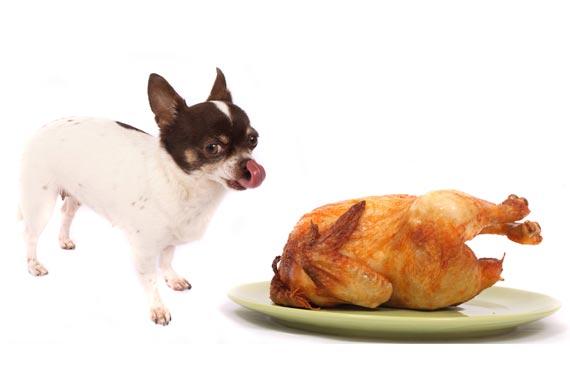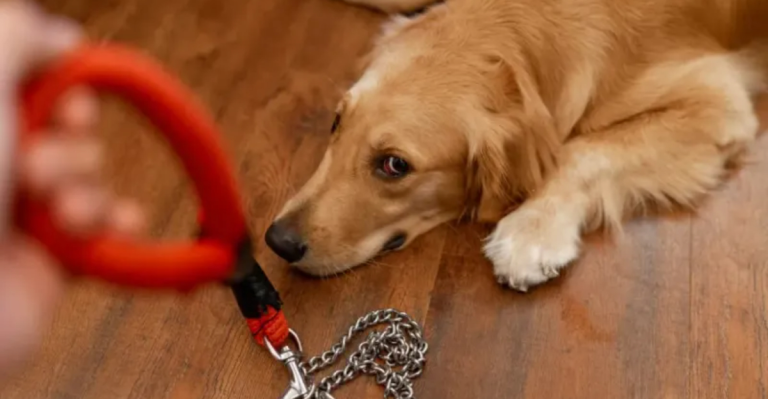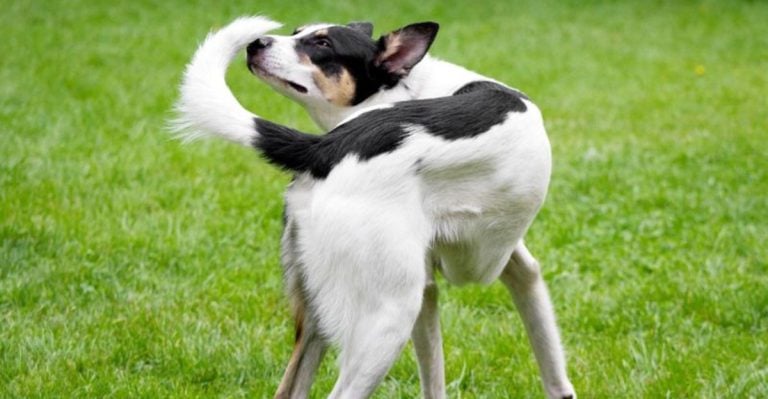Here’s What Your Dog’s Huff, Whine, And Howl Mean

Have you ever heard your dog make a weird sound and wondered what it meant? It’s easy to brush it off, but those little noises often mean more than we think. Once you start paying attention, those noises turn into clues—and suddenly, your dog’s trying to tell you a whole lot more.
Gurgle

When your pooch eats or drinks too fast, the belly often responds with loud gurgling from trapped air. This often occurs in deep-chested dogs due to swallowed air during digestion. In fact, frequent or intense noise may reveal a sensitive stomach worth monitoring more closely.
Huff

A short yet forceful huff may indicate irritation or a desire for space. Dogs use it during overstimulation or after repeated correction. It’s not a threat, but it deserves attention. Recognizing this cue early helps prevent escalation in socially sensitive or reactive dogs.
Whimper

Soft and high-pitched vocalization typically signals physical discomfort or stress. Puppies call out to be seen and heard. Grown dogs whimper when something isn’t right—maybe a sore leg, maybe nerves that won’t settle. Consistent whimpering without a clear cause should prompt a vet visit to find out about any hidden issues.
Howl

Feeling isolated can trigger long and drawn-out vocalizations in dogs trying to reconnect. Breeds such as Huskies and Beagles also show this behavior more often, but other dogs may respond similarly when left alone. So, notice if your pup howls and help them before it turns into chronic anxiety.
Groan

Older dogs tend to groan when settling into a favorite spot, especially after exercise. This sound usually reflects physical release, not distress. However, if groaning increases with movement or activity, joint pain or stiffness may be involved.
Sigh

Long, steady exhales can reflect either mild frustration or emotional release. Dogs may also do this after completing a task or winding down in a quiet space. Paired with loose posture, the sound suggests a shift into a calmer state rather than distress or discomfort.
Reverse Sneeze

This sudden loud inhalation often startles owners. Reverse sneezing may happen after leash tension or dust exposure. Brachycephalic breeds tend to reverse sneeze more frequently than others. To help them, try massaging the throat or offering calm reassurance. It can help end the episode without requiring medical attention.
Grumble

Some pups make a deep rumbling sound when touched or approached too closely. This sound is not always a threat, but can signal ache or overstimulation. Grumbling dogs often seek space or routine, and responding appropriately builds trust while reducing stress in everyday interactions with your dog.
Yelp

Sudden yelping in dogs is more than noise—it’s a clear distress signal. Mostly triggered by surprise or pain, this sharp vocalization can surface during roughhousing or unexpected contact. Persistent yelping without visible trauma may point to invisible causes that need medical attention.
Snort

Short snorts can occur during excitement or physical exertion, especially in flat-faced breeds. In some dogs, repeated snorting can also suggest nasal irritation or sensitivity. So, observe when it happens, and talk to your vet to check whether the behavior is harmless or linked to respiratory problems.
Bark

Vocal expression in dogs shifts based on emotion and context. Barking used for alerting differs from sounds tied to frustration or anxiety. It is important to dig into the cause and curate your response, as a sudden rise in barking can signal a disrupted routine or shifting dynamics at home.
Whine

Whining often reflects how a dog feels—annoyed, uncomfortable, or overwhelmed. Some dogs do it before something exciting. Others struggle with crates or being alone. If it keeps popping up, tracking when it happens helps connect it to what your dog wants or needs.
Hiccup

Hiccups are common in puppies and typically occur post meals or sudden excitement. They result from diaphragm spasms and resolve on their own. Though usually harmless, persistent or loud hiccups in adult dogs warrant a check for gastrointestinal or neurological concerns.
Snore

Some dogs snore, especially the short-nosed or heavier ones. It’s often just how they’re built, but sometimes, it points to a blocked airway or awkward sleep position. If that noise gets louder or more frequent, it’s smart to check in with a vet.
Chuff

When your dog makes that short huff while checking something out, it’s a sign of curiosity, not aggression. This sound commonly emerges during scent exploration or environmental scanning. In fact, learning to spot it helps differentiate inquisitive behavior from more defensive or anxious responses.






